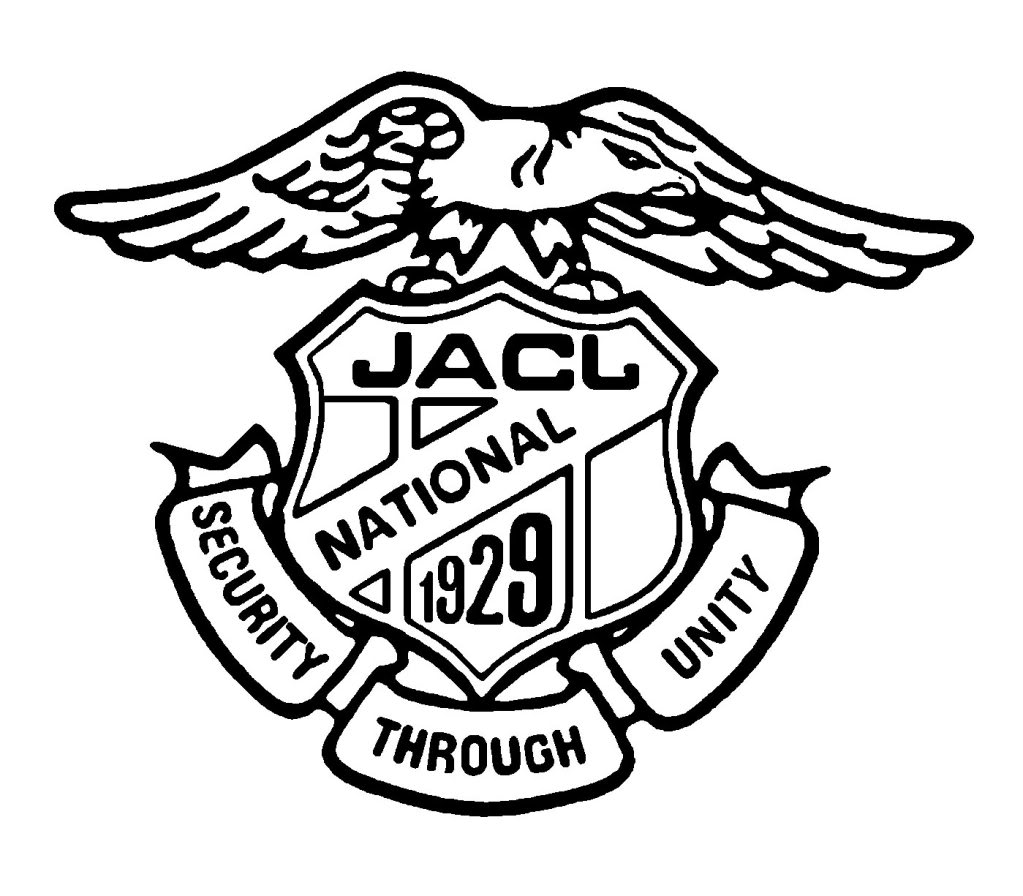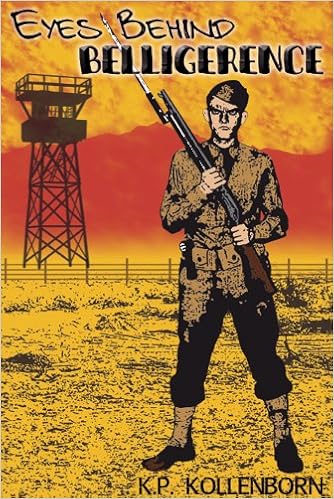In Japanese, Issei means “first generation.” They had emigrated from Japan, beginning from the 1880’s up until 1924 when Congress stopped all legal migration. The Gentlemen’s Agreement Act of 1907, an unofficial agreement between the U.S. and Japan, was the first domino put into place in a series of racial discrimination. The oral contract was as following: Japan agreed NOT to issue any more passports to its citizens via the path to the United States in EXCHANGE for the U.S. tolerating their presence BUT would at least allow their wives and children to immigrate. And thus, the Picture Bride phenomenon came into the scene. At the same time, Hawaii- before it became a unionized state, turned into a loophole. The Issei could work in the Territory of Hawaii THEN migrate to the mainland. Unfortunately all of that came to an end when the Agreement expired and would never be renewed until a new immigration law was put in effect in 1953. Of course the Japanese were not the firsts to be discriminated against regarding immigration laws. The Chinese Exclusion Act of 1882 set in motion the inequality and segregation of all Asian communities which included the Chinese, Japanese, and Koreans.
The Issei’s children, who were born in America, were referred to as the Nisei. Nisei means “second generation” in Japanese, although by American standards they are considered to be the first generation. Despite that the Nisei were born with an American citizenship, the harsh discriminations on the West Coast bounded them as second class citizens. Schools and other public places were segregated. Educated jobs were exceedingly restrictive. Labors, the Knights of Columbus, the American Legion, and Sons and Daughters of the American Revolution were notorious in speaking out and provoking violence against the Asian populace. But in spite of these problems, the Nisei flourished and pursued. The JACL, Japanese American Citizen League, made an influential impact in our society by providing a support system and fighting against these injustices. Among this generation includes Pat Morita, best known for The Karate Kid series, George Takei and Roberto Ito from Star Track, and Jack Soo from Barney Miller.
Then there were the Kibei. Kibei, meaning “returning to America,” although born with American citizenships were educated in Japan. Many were the same age as the Nisei, yet were often discriminated against their own peers because they were considered “too Japanese.” The Kibei truly received the raw end of the stick.
The Sansei are the Nisei’s children and were very young during their incarceration in the camps. Among this generation includes US Congress representatives Bob and Doris Matsui.
To learn more about the different generations and political differences during WWII, check out historical fiction Eyes Behind Belligerence.




4 comments:
Thanks for the information. Very helpful
Just finished seeing the Silent Sacrifice, a PBS special. Horrible and unconscionable is what America's racist fears and hatred did to Japanese Americans during WW2. My heart goes out to them....and yes...this can happen again. We have to be vigilant and be purveyors of freedom for all. This information was helpful as these terms surfaced during the documentary.
I am not of Japanese descent but attended school in southern California with many American Japanese children. I was born in 1950; and imagine so were my classmates/friends as well. My query is: are these children sansei or yonsei? A for instance. Kristi Yamaguchi the former Olympian was noted as 'sansei' although born in the early 70s. thank you.
Issei, Nissei, Sansei, Yonsei, Gosei just refer to what generation of Japanese American you are. It doesn’t have anything to do with when you were born. Having said that, many post war or recent immigrants from Japan reject the term Issei or Shin-Issei.
Post a Comment